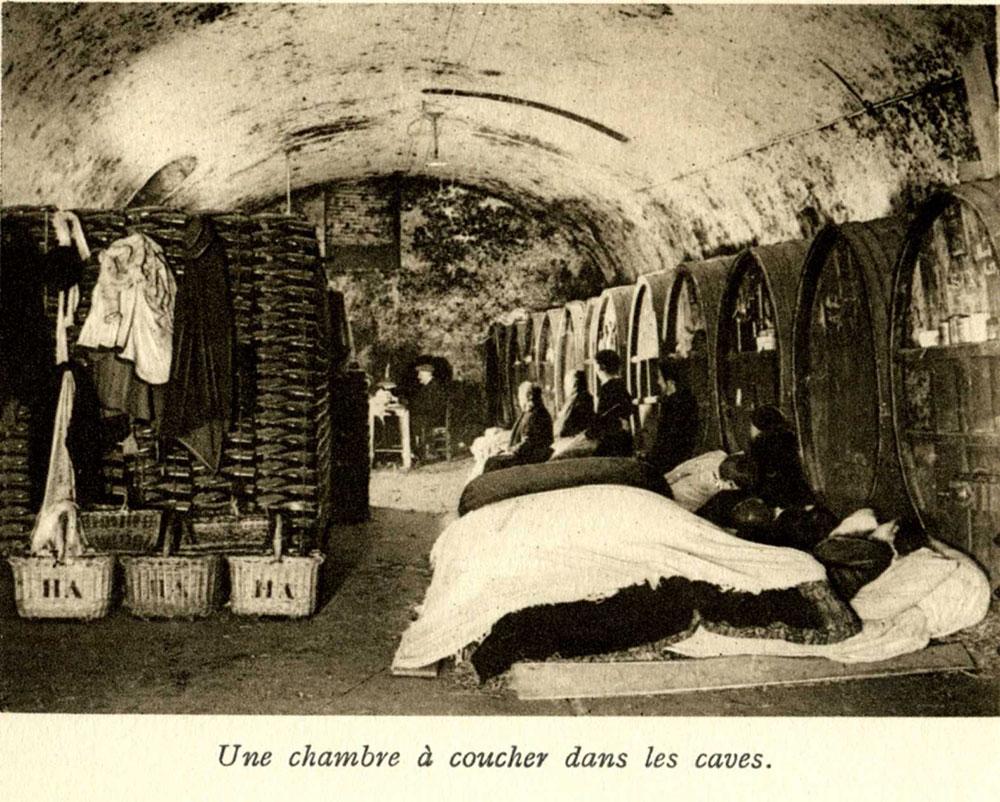
In the modern world with all its inherent daily stress, strain and pressure from all angles, there is an ever-present desire for something of a temporary escape, whereby the whole family unit and those beyond can share a few lighter moments while enjoying each other’s company.
Such also applies to the business side of the equation, where excuses are perpetually sought to pursue brief respite from the daily grind. Needless to say, the one element both examples have in common is just how such occasions can be enhanced with a toast.

Of course, what could be better to provide said toast than a magnificent bottle of finely crafted champagne? Champagne has remained the most symbolic of celebration beverages the world has ever seen throughout history, continuing its dominance today as the tipple of choice for truly anybody who is anybody. Indeed, it would therefore only be polite to credit the undisputed best of the best with a second glance in relation to its long and illustrious past.
For those unaware of the very basics, the term ‘Champagne’ itself derives from the French region where the beverage is produced. There is something of a common misconception worldwide that all sparking white or rose wine can be called Champagne, though such is not the case. Indeed, regardless of quality, value or prestige, if it did not originate from the Champagne region, then Champagne it is not!
The actual invention of champagne itself is often credited to the Benedictine Monk by the name of Dom Perignon, who as late as the 17th Century was still attempting to rid Champagne of its bubbles, believing such to be detriment to quality.
While most of the French preferred their Champagne pale and still, the British developed something of a penchant for the unusual sparking variety. Interest in the sparkling Champagne continued to grow, with the only obstacle being the French winemakers’ inability to control the process or produce bottles that didn’t explode under the pressure.
All such obstacles were gradually overcome and by the early 20th Century, production by some of the finest houses including Krug, Bollinger and Pommery were in full swing…that is, until war came along twice to reduce the vineyards into a battlefield.
Today, however, the resurgence in the popularity of Champagne has been lager than any could have predicted, with sales increasing by over 400% since the 1950s. There are currently 86,500 acres of vineyards producing 200 million bottles of Champagne every year, though it would be safe to say that demand outstrips supply quite considerably.
The high demand for Champagne combined with a painstaking process of production, from the sewing of seeds to tireless aging, has resulted in the product remaining a symbol of prestige and celebration the world over, to a level no other beverage has ever been able to hold a candle to.
Read more in the 2017 book “Champagne [Boxed Book & Map Set]: The Essential Guide to the Wines, Producers, and Terroirs of the Iconic Region“
More Information:
